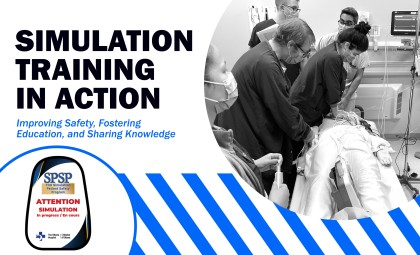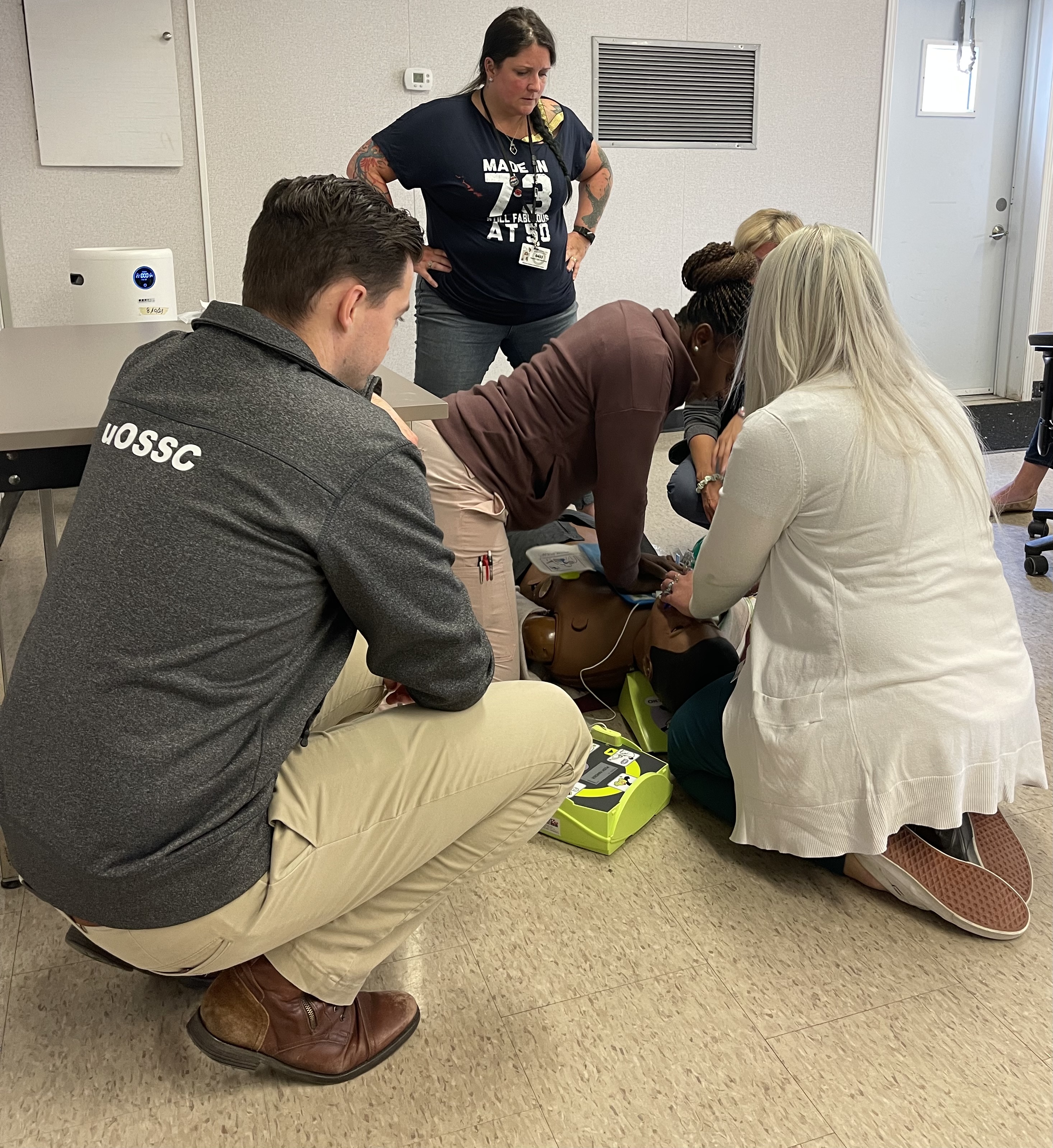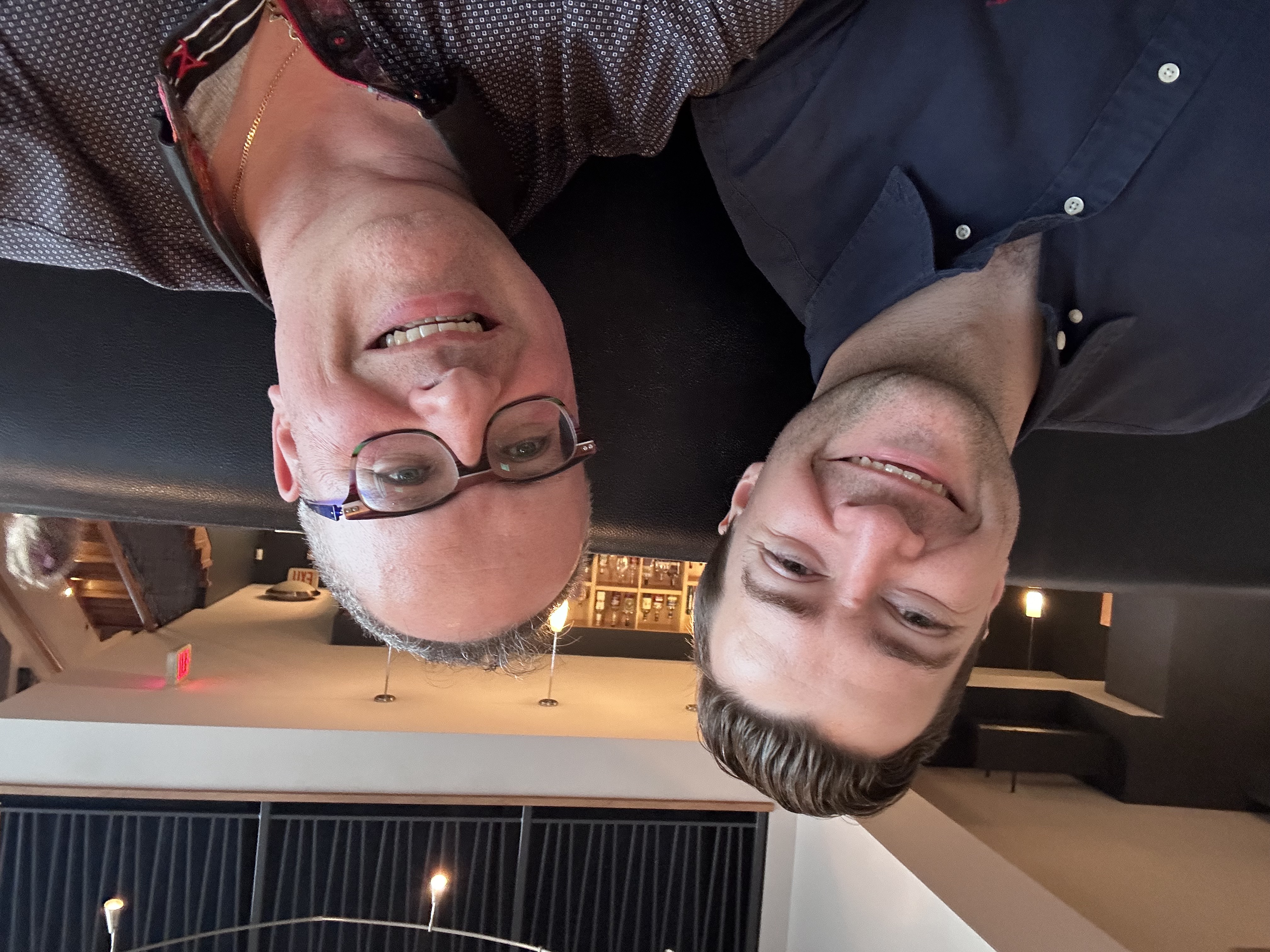Simulation Training Prepares TOH Staff for Real Emergencies

“The goal here is to be better 10 minutes from now than we were 10 minutes ago,” said Dr. Glenn Posner, Director of The Ottawa Hospital’s (TOH) Simulation Patient Safety Program. “If this same scenario happens in the next bed 10 minutes from now, we are going to be a well-oiled machine.”
Since 2014, TOH has been improving safety, fostering education, and sharing knowledge through their Simulation Patient Safety Program. To learn what sets it apart, we spoke to the program’s Director, Dr. Posner, and Lead Medical Facilitator, Dr. Doran Drew.
This program focuses on simulation training that takes place in the hospital or other clinical setting. It’s a part of the organization’s Corporate Strategy, which is one of the elements that make TOH’s program so unique.
Promoting interprofessional collaboration, the training resembles real-life crisis scenarios by involving real teams responding to simulated patients, while fulfilling requirements from Accreditation Canada. Simulation training also reinforces the importance of practicing and highlights what can be optimized in the healthcare system.
“One of the things we’ve been seeing when we’ve been doing our in-situ simulations is the feedback is resoundingly positive,” said Drew. “The spirit of this is actual teams practicing together just to see what things work and what things don’t, identify system issues that are going to be barriers to patient care, and provide our teams with education while they’re at work.”
TOH’s Simulation Patient Safety Program also enables the discovery of latent safety threats (LST) that could impact quality patient care. LSTs that may not have been found otherwise can then be fixed proactively. For example, in TOH’s first simulation training session in 2014 of a cardiac arrest, they discovered the crash cart defibrillator had different pads which would have delayed patient care in a real situation.

Debriefing Matters
Another key aspect of the program is debriefing. In real situations, there is little time to stop and reflect between patients, so debriefing in training offers a safer, low-stakes environment where participants feel comfortable talking about the case. Debriefing is also a main component of coaching in various high-performance fields, such as athletics and aviation – it’s all about improving learning. Medical education literature shows high-performance healthcare teams can benefit from it too.
“It’s so important to reflect on what you did well and what could’ve gone better, and we don’t do it enough in real cases because the hospital is a runaway train. You jump on for your shift and jump off at the end of your shift, but it’s always going. When you finish a case, there’s another case waiting,” Posner said.
Stay Curious
“My advice to someone who is building up a program at a different hospital would be encouraging them to stay curious and explore the things they’re seeing because often it’s going to relate back to their underlying mission,” Drew said. “One of the nice things about the in-situ programs are you’re on the ground level working with people who are directly providing care, so you often are in a nice situation where you can do some root cause analysis.”

Thank you to Drs. Posner and Drew for sharing TOH’s Simulation Patient Safety Program with HIROC. It is in perfect alignment with our goal of knowledge sharing and collaboration to turn the corner on patient safety.
For those in the Ottawa area who want to learn more about simulation training or this program, check out TOH’s Ottawa Patient Safety Conference 2024 on October 28. A group from the program, including Drs. Posner and Drew, will host an interactive talk at the conference.
We also spoke to Jennifer Dale-Tam, Corporate Simulation Educator and Nursing Lead Instructor of the Simulation Patient Safety Program, in an interview you can view here: A Nurse’s Journey with Simulation Training.
And now HIROC is curious. Has your organization undertaken an initiative that’s supporting a culture of safety? Let us know! We’d love to share your story. Reach out to us at [email protected].
By Gillian Brandon-Hart, Communications & Marketing Specialist, HIROC